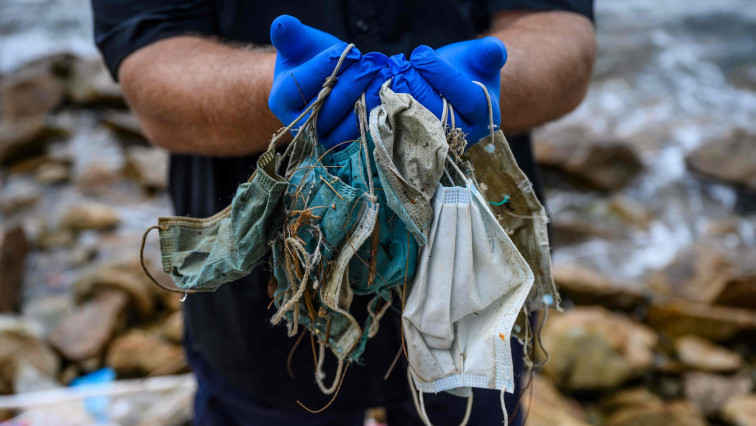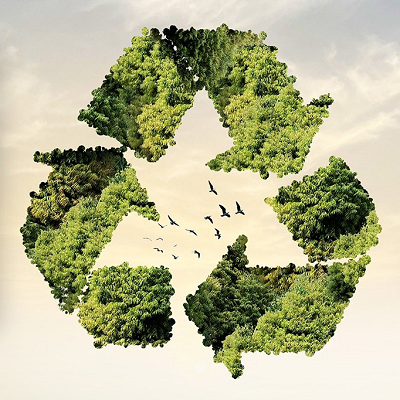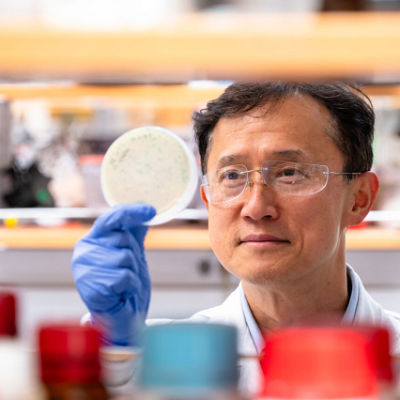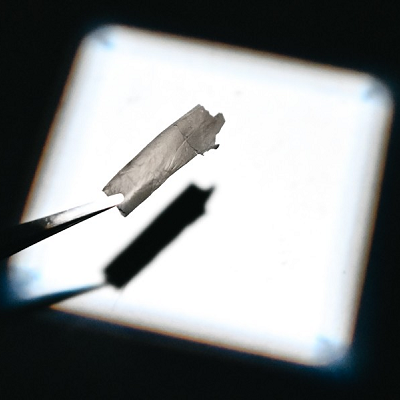Researchers at Swansea University have developed a process for converting the carbon found in discarded facemasks to create high-quality single-walled carbon nanotubes (CNTs) which have then been used to make ethernet cables with broadband quality.
The work, which has been published in Carbon Letters, suggests materials which would otherwise be thrown away can be transformed into high value materials with real-world applications. The CNTs produced by this technique have the potential not only to be used in ethernet cables, but also in the production of lightweight batteries used in electric cars and drones.
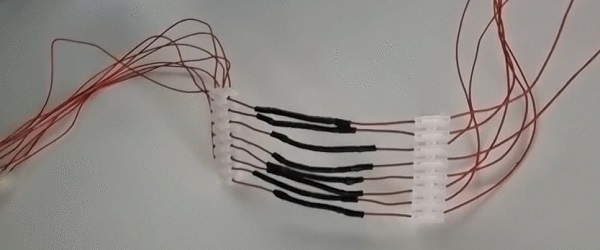
CNT ethernet cable with the CNTs in the middle, packed tightly inside heat shrink tubing and copper wiring on either side to form a power and data pathway from one end to the other.
“Single-use facemasks are a real travesty for the recycling system as they create vast amounts of plastic waste – much of it ending up in our oceans,” says Professor Alvin Orbaek White, of Swansea University’s Energy Safety Research Institute (ESRI). “During the study, we established that the carbon inside the facemask can be used as a pretty good feedstock to make high-quality materials like CNTs.
“CNTs are highly sought-after because they have preferential physical properties and tend to be much more costly on an industrial scale. We have demonstrated that we could make very high value materials by processing the CNTs from what are essentially worthless waste facemasks.”
The team also looked at the energy costs involved and concluded that the technique was valuable not only in its levels of resource consumption but also in the product value generation as opposed to waste creation. Also, the ethernet cable produced using the CNTs was good quality and adhered to Category 5 transmission speeds while easily exceeding the benchmarks set for broadband internet in most countries.
“Using CNT films in batteries instead of metal films has a lower impact on the environment and the use of carbon offsets the need for mining and extraction activities,” Professor Orbaek White added. “This not only contributes to a circular economy but can also be scaled and is viable for industrial processing, with sustainable chemistry at its core.”
Read the original article on Innovation in Textiles.

